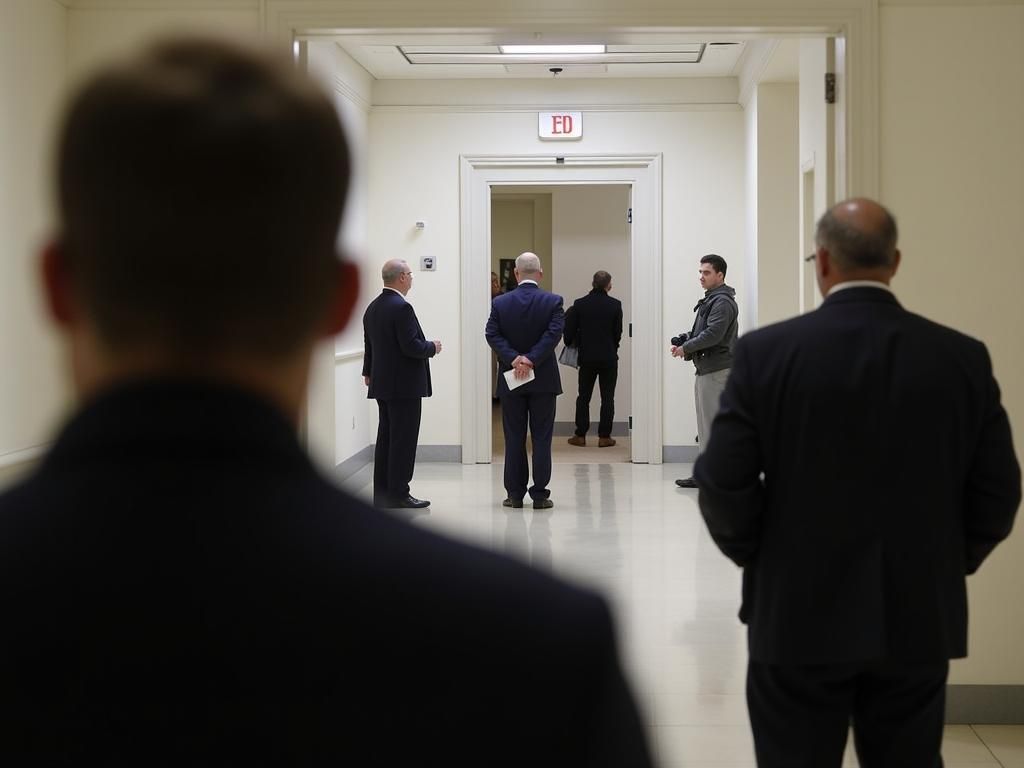 Dallas Federal Reserve President Lorie Logan recently voiced her support for strengthening the Federal Reserve’s tools used to control interest rates. This follows a period of significant inflation and the Fed’s aggressive measures to combat it.
Dallas Federal Reserve President Lorie Logan recently voiced her support for strengthening the Federal Reserve’s tools used to control interest rates. This follows a period of significant inflation and the Fed’s aggressive measures to combat it.
Logan’s primary focus is on refining the reverse repurchase agreement (RRP) facility, a tool used to manage short-term interest rates. The RRP allows eligible institutions to temporarily park cash at the Fed, thereby influencing the federal funds rate.
She believes enhancing the RRP’s operational efficiency could allow the Fed to maintain better control over short-term rates, particularly during periods of high liquidity or market volatility.
Logan also emphasized the importance of the overnight repurchase agreement (ON RRP) facility, which provides a similar mechanism but for a shorter timeframe.
Her statements highlight the ongoing debate within the Federal Reserve regarding the optimal toolkit for managing monetary policy. The Fed constantly assesses and adjusts its strategies to respond to changing economic conditions.
The recent period of high inflation, which prompted the Fed to raise interest rates significantly, has amplified the importance of these rate-control mechanisms. Effective control helps the Fed steer the economy towards its dual mandate of price stability and maximum employment.
Logan’s advocacy aligns with the Federal Reserve’s overall commitment to using all available tools to ensure smooth market functioning and achieve its economic objectives.
She also suggested that the Fed should continue to examine its other tools, such as the interest rate paid on reserve balances (IORB), which also plays a crucial role in influencing the federal funds rate.
The remarks by Logan underscore the Fed’s proactive approach to refining its policy implementation as it navigates a complex economic environment. This reflects a dedication to ensuring its policy tools remain effective in controlling inflation.
In conclusion, Logan’s statements reinforce the importance of continuous evaluation and improvement of the Fed’s monetary policy toolkit, particularly tools related to short-term interest rate control.







